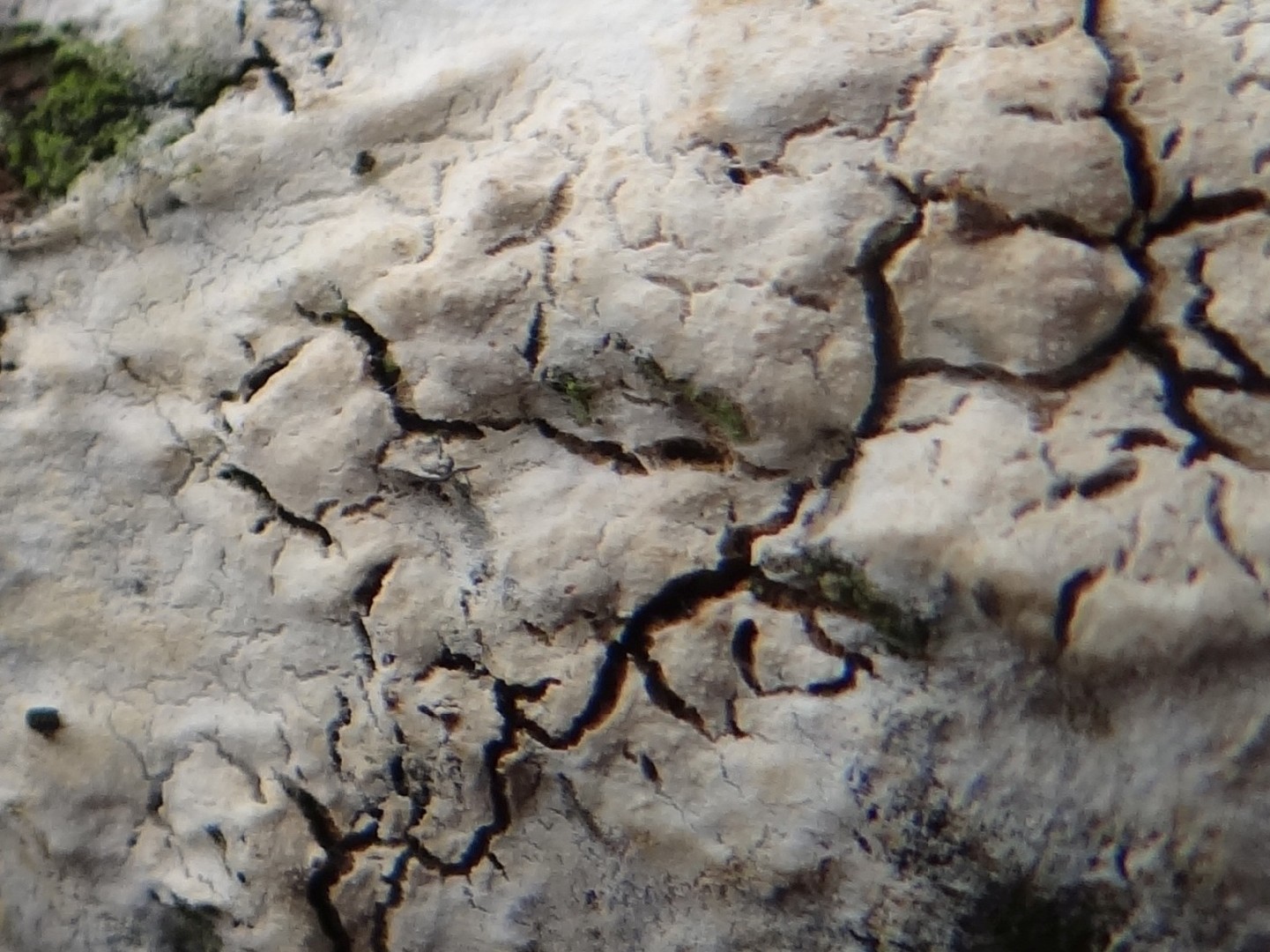Phanerochaete
Scientific name: Phanerochaete
Phanerochaete
Scientific name: Phanerochaete
 Photo By Jerzy Opioła , used under CC-BY-SA-4.0 /Cropped and compressed from original
Photo By Jerzy Opioła , used under CC-BY-SA-4.0 /Cropped and compressed from original Description
Phanerochaete are commonly found in decaying wood and play a crucial role in breaking down tough plant materials like lignin. This group of fungi is known for its efficiency in wood decay, making them vital components in forest ecosystems. Some species within phanerochaete produce enzymes that are of interest for industrial applications, including bioremediation. They usually form a thin, crust-like appearance on wood surfaces, often pale or yellow in color.
Species of Phanerochaete
Care Guide for Phanerochaete
Scientific Classification
Phylum
Club fungi Class
Mushroom-forming fungi Order
Shelf fungi Family
Phanerochaetaceae Genus
Phanerochaete